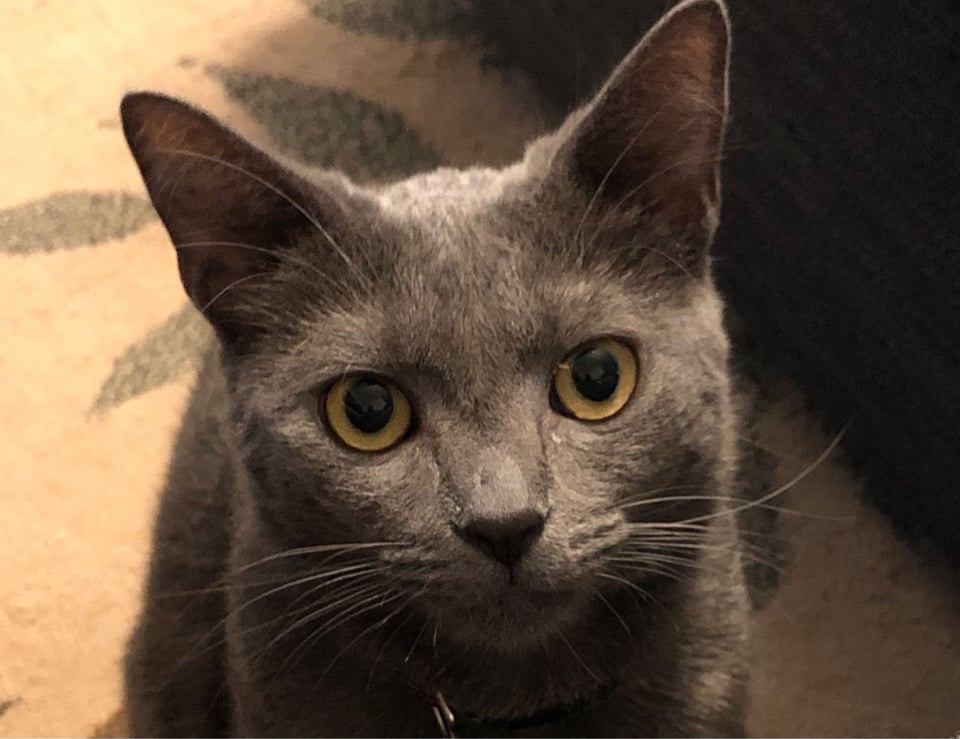Hot Sun, Cold Ice
Bowler Hat Science from Matthew R Francis
The newsletter silence lately has been because I have been working on no fewer than seven major pieces over the past months. One fell through, but two of them published in the past few days!
Spiral Waves May Explain the Sun’s Baffling Rotation
Earth is solid, so it spins at the same rate everywhere from equator to poles: the 24 hours of a day (roughly speaking). The Sun, however, is a gaseous plasma. Basic physics says its equator should spin slower than the poles, on the same principle that a figure skater can increase her spin by pulling her arms close to her body. More sophisticated physics says the equator should spin faster, based on how fluids rotate.
However, the Sun doesn’t obey either of these principles: the equator does spin faster, but not be nearly as much as expected. In my latest contribution to AGU Eos magazine, I describe a recent proposal that might have the answer: a flow of hot gas from the poles toward the equator that evens the spin out, and exhibits itself in spiral sound waves twisting around the poles. As is often the case, a lot more work needs to be done to determine if this is the correct explanation, but it’s promising — and could help us better understand the solar magnetism that drives potentially dangerous storms.
Understanding Uncertainty in Glacier Models — Before the Ice Melts
My other recent publication is closer to home. Higher temperatures from climate change are melting ice in polar regions on Earth, which could raise ocean levels and flood coasts around the globe. How much sea level will rise is unclear, though, largely because of how complex Antarctica is, with the environment connecting ice, land, and water.
For SIAM News, I talked with researchers who try to identify and characterize what we don’t know about Antarctic ice. Using physics, advanced imaging techniques, and high-level statistics, they put bounds on what we don’t know and have yet to learn … which leads to the next challenge: how to explain these uncertainties to the rest of the world.
And even closer to (my) home

Nebula has made enormous progress on being a housecat. While she still occasionally runs away, more often she flops on the floor right where I want to walk so I have to stop and pet her. And she is very good now at doing naughty things so I pay attention to her. Progress!